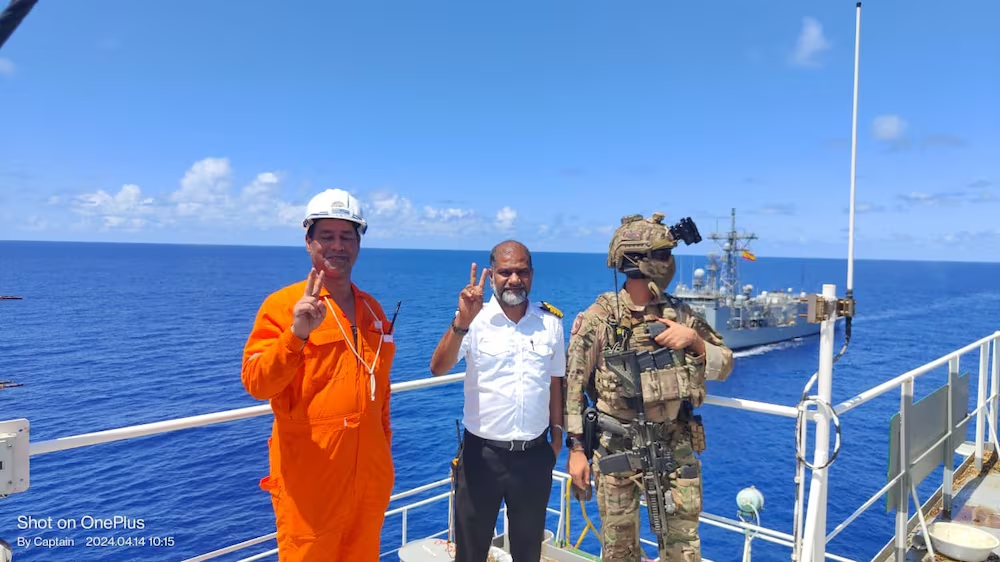As per international law, Somalia Federal Government is the only entity that is entitled to negotiate ICAO in the process of regaining airspace. It means the airspace above Somaliland is officially belongs to Somalia. However, Somaliland is essential in the process of regaining control of Somalia’s airspace management. As the airspace is belongs to all Somali citizens, consensus must be established. This consensus means greater cooperation between Somalians is necessary, in order to create one influential voice and regain control of the airspace.
Since 2012, there have been several meetings and talks between Somaliland and Somalia, including Istanbul II Communiqué, where the two parties agreed on establishing the Air Traffic Control Board (headquartered in Hargeisa, Somaliland) and four members of technical committee (two from Somaliland and two from Somalia). This agreement was supported by the United Nations envoy in Somalia/Somaliland and the head of the UN Assistance Mission in Somalia at the time, Nicholas Kay, who described the agreement as a model for other areas of mutually beneficial cooperation.
However, since the establishment of the agreement, Somalia has sought to reclaim control and management of the airspace without taking into account previously signed agreements. Somalia is using its sovereign rights and legal basis as an autocratic means to ignore Somaliland as a partner. This move has angered Somaliland, who calls for the establishment of the joint Air Traffic Control Board with the Centre in Hargeisa, as agreed during the talk in Turkey, or to establish two entirely distinct and separate centres in Hargeisa and Mogadishu respectively, or the UN, or another third country to provide air navigation services until an agreement is reached between Somalia and Somaliland.
Because of tension between Somaliland and Somalia, in 2013 Somaliland has banned all UN flights from landing at its airports and threatened to close its airspace to UN flights if the Istanbul II agreement is not implemented. Practically, Somaliland is not capable to close upper airspace (legally and technically) or take military action against airlines that defy the ban. However, this threat could indicate that Somalia’s airspace is an unsafe conflict zone, and thousands of commercial flights that currently use the airspace could be rerouted. This rerouting would result in the loss of overfly revenues and may give reason for ICAO and FISS to continue managing Somali airspace for as long as possible.
Neither Somaliland nor Somalia wants the airspace to be closed, to be delegated to third parties, or to remain in the hands of ICAO and FISS. Therefore, Somalia and Somaliland should join together, make compromises and take brave decisions in order to accomplish the long overdue goal of reclaiming the country’s airspace.
By: Abdikarim Elmi-Wais
Distinguished Aviation Consultant with more than 10 years of experience in the Air Transport industry. Qualified Trainer with an extensive knowledge in the International Civil Aviation Law and the ICAO`s Standards and Recommended Practices. Multilingual, Proficient with excellent analytical and planning skills. Good Communicator with interpersonal and leadership skills.
The views expressed in this article are the author’s own and do not necessarily reflect Horndiplomat editorial policy.
Horndiplomat will only consider articles sent exclusively. If you want to submit an opinion piece or an analysis please email it to Opinion@horndiplomat.com
SOURCE:HORNDIPLOMAT



























Spreading rumors worsens situation and merely will take so-called federal Government of Somalia into the ditch, because it was the State of Somaliland that accessed its political independence on 26 June 1960 and extended to the territory of Somalia, which voluntarily united with with the State of Somaliland on 1st July 1960. International law does recognize any airspace for Somalia, but it is the discretion of ICAO that extended Somalia’s unlawfully treaty 2 March 1964 to the territory of Somaliland and there such treaty has served elements facilitating Somalia’s aggression and illegal occupation in the territory of Somaliland. It is ICAO that will be accountable the consequences include how Somalia possessed the territory of an independent sovereignty state? will write commentary about this paper.
The Map you used to display airspace is also wrong Map, the Map is solely the legacy of Siyad Barre, it is the source of the conflict, to the fact that the Map involves violations against boundaries established by international treaties, it violates in Article 2(4) of the Charter of the United Nations, Article III(3) of the Charter of the Organization of African Unity 25 May 1963, (OAU), Cairo Resolution of border 21 July 1964 and Article 2 of the present Constitutive Act of the African Union of 2000. The Easter border of Somaliland is subject to the international treaties, which succession of States does not affect boundaries established by international treaties, see Art 62 (2) Para b) of Vienna Convention on the Law of Treaties 1969. The correct Map is showing strait line of 49 decree.